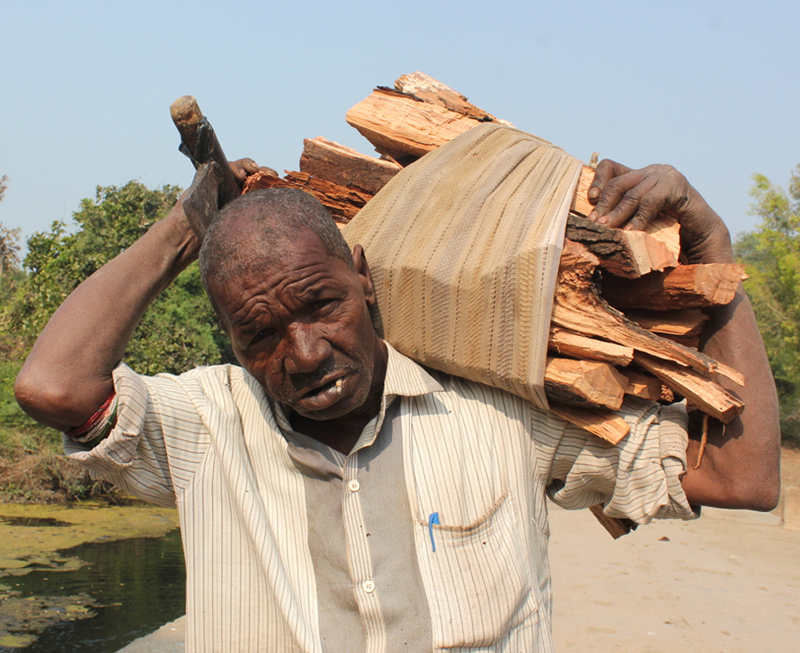Mask of Vaikuntha Vishnu, late 5th century. Learn more about 5th century masks
Designed by 

Culturally and linguistically varied community of African descent in South Asia, mostly concentrated in the Sindh province of Pakistan — where they comprise the subcontinent’s largest African-origin population — and Gujarat, Maharashtra, Goa and Karnataka in India. Africans of diverse origins arrived in Asia, through voluntary migrations and the Indian Ocean slave trade, from at least the early centuries CE, particularly between the thirteenth and nineteenth centuries. Here they served as soldiers and varied workers, with some forming distinct clans; they were termed Siddi or Sheedi (from Arabic sayyid, an honorific, or saydi, ‘captive or prisoner of war’), among various other designations such as Habshi. When slavery was formally abolished in the nineteenth century, ‘Siddi’ coalesced in Gujarat as a broad cultural identity, with specific kinship norms, origin myths with Sufi ancestor-saints, and ritual practices, later spreading to Sindh (as ‘Sheedi’) and elsewhere. Gujarati Siddi and Pakistani Sheedi are largely Muslims; others have adopted Christianity or popular Hinduism.